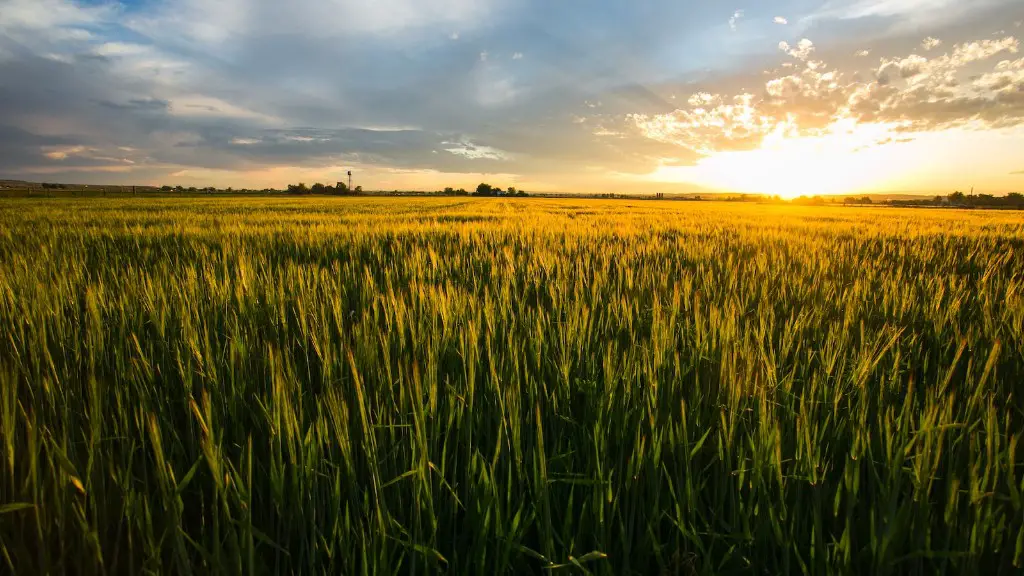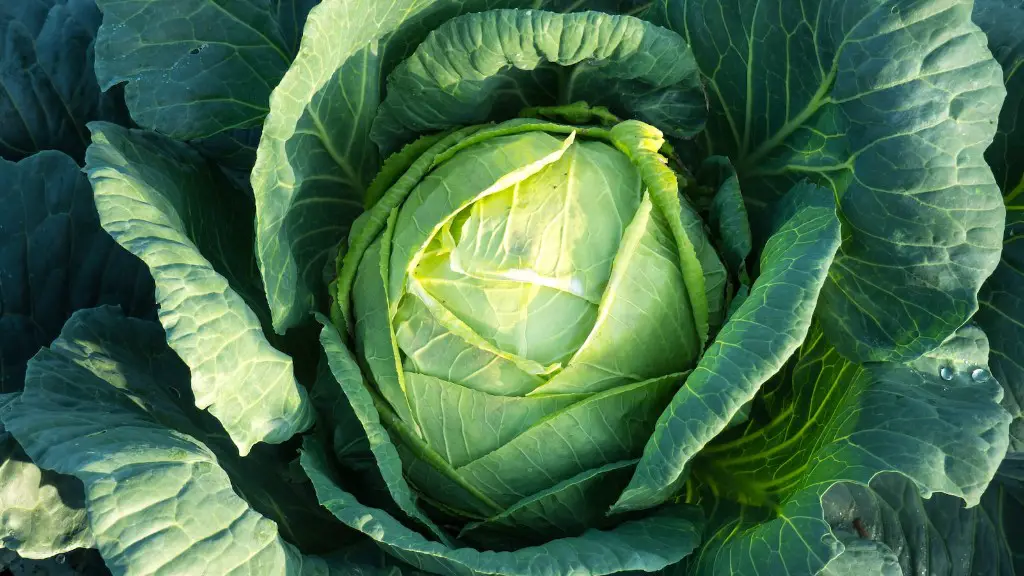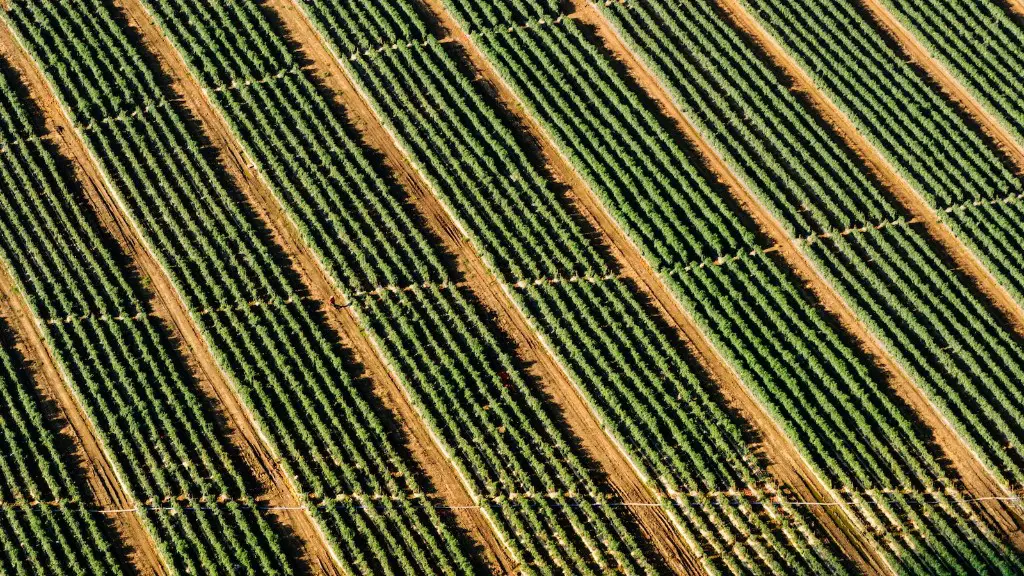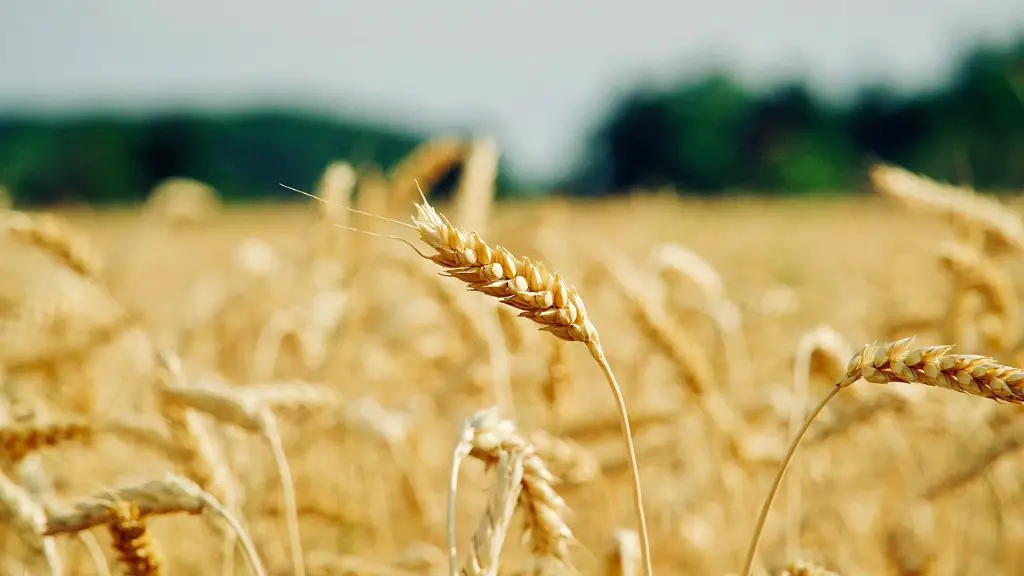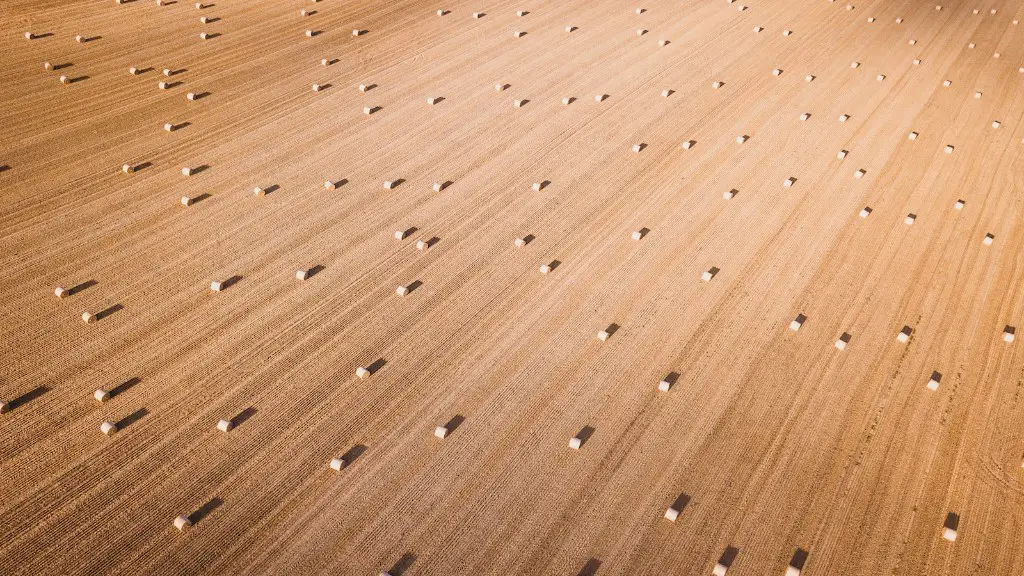Soil texture is the physical characteristic of a soil that is determined by the size of the particles that make up the soil. The three primary soil particle sizes are sand, silt, and clay. The ideal soil texture for agriculture is loam, which is a mix of all three primary particle sizes.
Soil texture is the size of the particles in the soil. The three main types of soil are sand, silt, and clay.
Why is soil texture importance in agriculture?
Soil texture refers to the relative proportions of different sized particles that make up a soil. The particle sizes include sand, silt and clay. Soil texture has a major influence on agriculture as it influences aeration, water movement and storage, nutrient holding capacity and erodibility.
Aeration is the process of exchanging gases between the soil and the atmosphere. It is important for plant growth as roots need oxygen for respiration. Soil texture affects aeration as it influences the pore size and pore distribution in the soil.
Water movement and storage in the soil is affected by the soil texture as well. Soil with a high sand content has large pores and good drainage, while soil with a high clay content has small pores and poor drainage. The pore size and distribution also affects the storage of water in the soil. Soil with a high clay content can hold more water than soil with a high sand content.
The nutrient holding capacity of soil is affected by the soil texture as well. Soil with a high clay content has a high cation exchange capacity, which means it can hold more nutrients than soil with a high sand content. The nutrient holding capacity is important for agriculture as it influences the amount of nutrients available
Soil texture is an important factor in determining soil characteristics that affect plant growth. Three of these characteristics are water-holding capacity, permeability, and soil workability. Soil texture also affects other important factors such as nutrient availability and soil structure.
What is soil texture explain with USDA classification
The U.S. Department of Agriculture (USDA) has a classification system for soils based on their texture. The main types of particles in soil are sand, silt, and clay. The USDA soil texture classifications are based on the percentages of these particles in the soil.
The sand fraction is the largest particle size, followed by silt, and then clay. The clay fraction is the smallest particle size. Soils with a high percentage of sand are considered sandy soils. Soils with a high percentage of silt are considered silty soils. Soils with a high percentage of clay are considered clayey soils.
The USDA soil texture classifications are:
Sand: Soils with more than 85% sand
Sandy loam: Soils with 70-85% sand
Silt: Soils with more than 50% silt
Silt loam: Soils with 40-50% silt
Clay: Soils with more than 40% clay
Clay loam: Soils with 30-40% clay
The USDA soil texture classifications are helpful in determining how a soil will behave. Sandy soils are well-drained and have good aeration. They are easy to work
There are twelve classifications of soil textures, which are based on the fractions of sand, silt, and clay present in the soil. The different textures result in soils with different physical and chemical properties, which can affect plant growth and other factors.
How does soil texture influence the growth of crops?
Texture affects a soil’s ability to drain water, allow air flow, and hold nutrients. Knowing your soil’s texture is a great starting place to knowing what your plants need to thrive. One of the most common tools used to understand soil is the soil textural triangle.
Soil texture is determined by the relative percentages of sand, silt, and clay in a soil. Names describing texture such as loamy sand and clay loam are assigned to soils depending on these percentages. Clay particles are negatively charged and have a large surface area.
What does soil texture means?
Soil texture refers to the size of the particles that make up the mineral fraction of the soil. The three main types of particles are sand, silt, and clay. Soil texture is classified by the proportion of each type of particle in the soil. For example, light soil refers to a soil high in sand relative to clay, while heavy soils are made up largely of clay.
The ideal soil texture is a mix of sand, silt, and clay particles, known as a loam. However, in most cases, the particles will not be balanced, and the soil will need to be altered by adding organic amendments. To evaluate soil texture, use a simple jar test to determine the percentages of sand, silt, and clay.
How do you determine soil texture
The terms sand, silt and clay refer to the particle size of the minerals in a soil. Soil texture is determined by the relative amount of each of these size fractions in the soil. Particle size analysis (PSA) is a method of determining the relative amount of sand, silt and clay in a soil.
Soil texture is a very important physical property which determines many other important properties such as water holding capacity, cation exchange capacity, aeration, permeability etc. It is determined by the proportion of different sized particles in the soil. Coarse soils have more sand and gravel while fine soils have more clay and silt.
What is the difference between soil type and soil texture?
Soil texture is incredibly important because it determines how easily water and air can move through the soil. Soil structure is also important because it affects how easily roots can penetrate the soil and how well the soil can drain.
Soil pH is an important factor in plant nutrition. It can affect the availability of nutrients and how they interact with each other. For example, at a low pH, many elements become less available to plants, while others such as iron, aluminum and manganese can become toxic.
What are the three 3 basic textures
Texture is the feel of a material to human touch, the look of an object or room, and the sound of an object or room. There are three types of texture: tactile (touch), visual (sight), and auditory (sound). Each type of texture can be either natural or artificial. Natural textures are those that exist in nature, such as the feel of sand, the look of a rock, or the sound of leaves rustling in the wind. Artificial textures are those that are created by humans, such as the feel of concrete, the look of a painting, or the sound of music.
Loamy-textured soils are commonly referred to as having a medium soil texture with functionally-equal contributions of sand, silt, and clay. These medium-textured soils are often considered ideal for agriculture as they are easily cultivated by farmers and can be highly productive for crop growth. Loamy soils typically have good drainage and aeration properties, which are important for plant root growth and development. Loamy soils are also able to hold a moderate amount of water, making them ideal for growing crops during periods of drought.
What type of soil do farmers prefer?
Loam soil is considered the ideal type of soil for growing crops because it is a perfect balance of sand, silt, and clay. This type of soil drains well and retains nutrients and moisture, which is essential for plant growth.
Texture is one of the most important properties of soil, as it dictates the soil’s ability to hold nutrients and water. Soils with a high clay content have a high cation exchange capacity (CEC), which means they can hold more nutrients. Sandy soils have large pore spaces, which allows for more leaching of nutrients.
Final Words
Soil texture is the size of the solid particles that make up the soil. The texture of a soil influences many of its property, such as its fertility, water retention, and drainage.
The physical properties of soil are important for agricultural productivity. Soil texture is a measure of the relative proportions of different-sized soil particles. It is affected by the amount of organic matter, clay, silt, and sand in the soil. This physical property is important because it affects water retention, aeration, and drainage.
